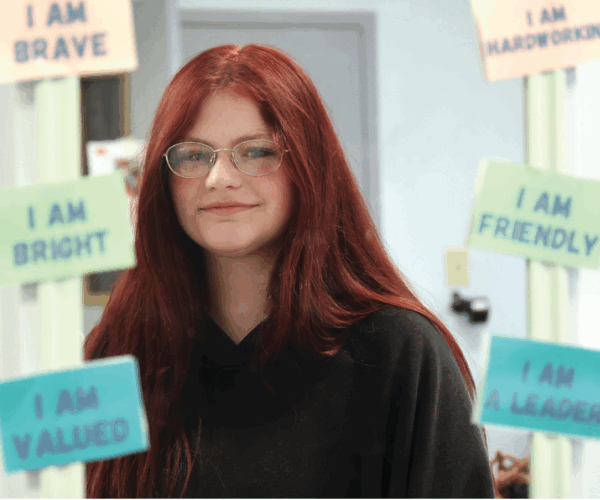
Calming the Chaos: Advice from Parents on Monitoring Technology Use at Home
May 7, 2015
There's a Strategy for That!
May 21, 2015
It’s possible you have heard the answer to this one before. If you attended the Dr. Peg Dawson follow-up conversation in March, you definitely know the punch line...‘One bite at a time.’
In the context of our children with learning disabilities or ADHD/executive dysfunction, picturing the massive elephant as the constant struggle to keep all of the academic balls in the air, manage learning, and show what you know in a school-approved manner is reality. One of our breakout session discussion topics was the notion of biting off only a small number of issues to tackle at one time. As a parent, I can completely relate to the need to fix all that is broken in the most timely and efficient way possible, when it comes to my children. If any of you have come up with a way to do this, please respond to this post, IMMEDIATELY! I have found it impossible and far too lofty a goal. Where I have had success is in observing where the biggest roadblocks appear to be, bringing in support to brainstorm around the campfire, and identifying a logical path forward, addressing only a couple of areas that are majorly getting in the way of success.
But what does it mean to observe and truly identify the roadblocks? As the parent, you have the benefit of time. You have seen your child from the beginning in learning situations at home, during homework, and in the community. You know when reading, spelling, writing, or math difficulties disintegrate your child into tears. You have seen the disorganization in your child’s ability to manage order in his bedroom, backpack, or long-term project. It’s likely you have also tried to teach your child how to improve in all of the above areas, and have consulted copious books, lectures, possibly a webinar or two, all in the name of finding the magic bullet. While I highly recommend learning as much as you can when it comes to improving academic and life outcomes for our struggling children, this can also be very overwhelming, and sometimes confusing.
It is highly likely that even from Peg Dawson’s talk, there were parents who walked away thinking, “I am going to tackle my child’s working memory and self-regulation issues!” So, that is only two areas to focus on, right? Not quite. Here is a visual example of ‘active working memory’ as it relates to a simple summary assignment.


Can you see all of the places where a breakdown in learning could occur within the vast area of active working memory? It could be in idea maintenance, maybe planning, task component maintenance, or short-term to long-term memory linkage, or in a couple of these areas simultaneously. When a parent asks me to give her a strategy to support active working memory, I often begin by asking questions rather than giving simple answers. It is complex.
But let’s look at narrowing the focus to task component maintenance. If we strategize only on this area because it is determined that the child struggles with juggling multiple steps, and has difficulty writing cohesively, now we have a chance of making some real progress with our child. The best strategies are those that engage the child in the process, such as providing direct support at each stage of a task until the child has internalized the process, or encouraging the development and use of visual organizers to support writing.
By focusing on just a few significant areas, carry-over may be seen in other areas as well. A subsequent by-product is often a reduction in the amount of anxiety the child feels when parents try to work on all challenges simultaneously.
If you are having trouble narrowing the focus, find professionals that can assist you in this process. Your child’s teacher, school specialist, tutor, or other educational professionals are options. Armed with strategies, and communication between home and school, you and your child will be better equipped to tackle homework challenges that may arise.
Blogger Barbara Hunter, MEd, shares her expertise in the use of technology to support learning. If you have questions, please contact Barbara at .
Image courtesy of africa at FreeDigitalPhotos.net



